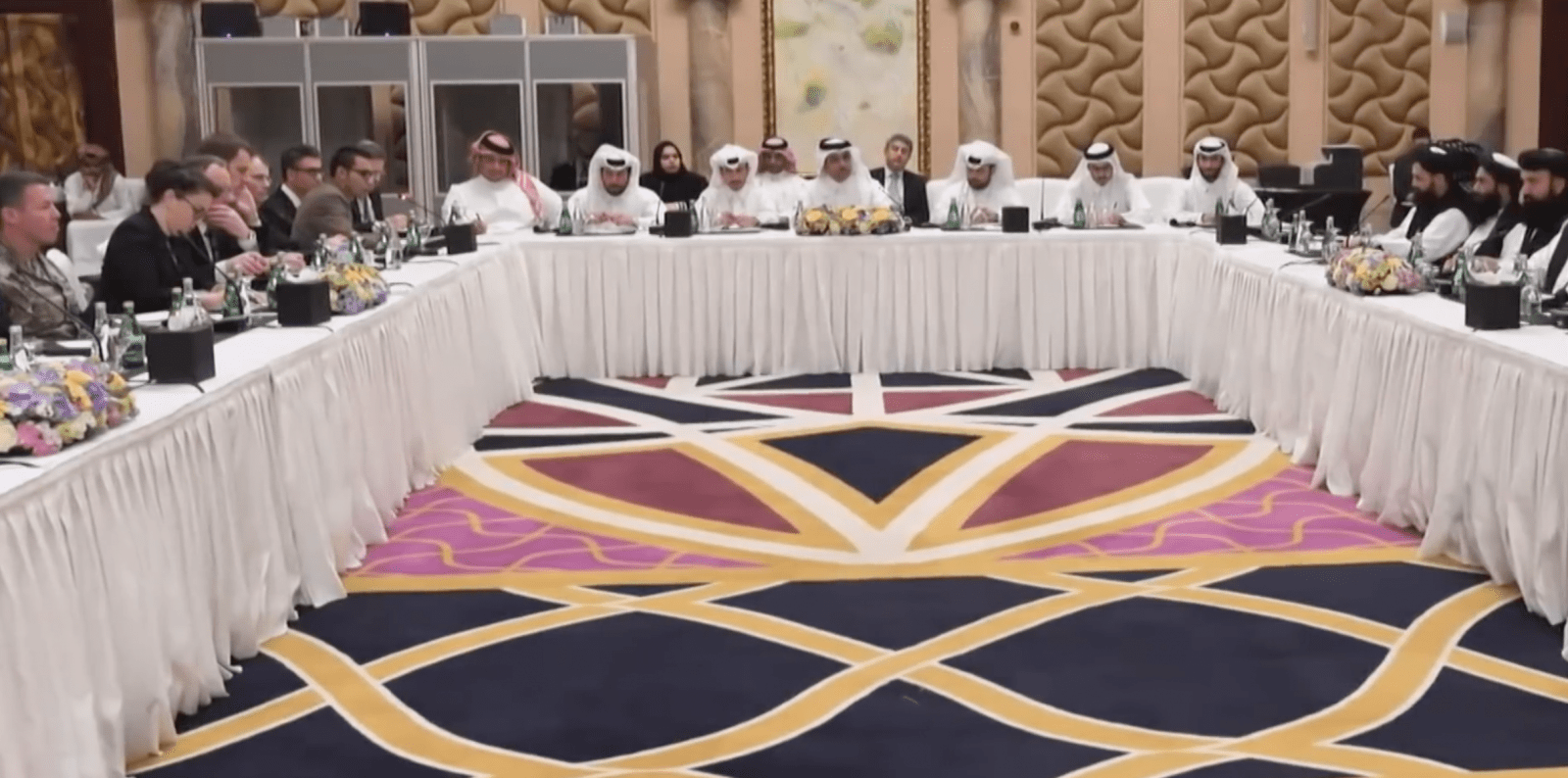 Sri Lanka recently witnessed a wave of terrorist attacks claimed by the Islamic State, which targeted hotels and the minority Christian community and resulted in the loss of more than 360 lives. Among them were 39 foreigners belonging to the U.K., United States, Australia, Europe and some six other Asian countries. I.S. has lost almost all of its territory and power in its traditional stronghold in Syria, but these attacks appear to be a comeback for the group which show links to its Khorasan province (ISKP). The ISKP is based in Afghanistan but is composed of Indian, Bangladeshi, Kashmiri, other South Asian and Central Asian members. According to reports, an Indian national member of the ISKP, interrogated by Indian intelligence agencies, had disclosed that he had recruited and trained Zahran Hashim. Hashim was a leading figure of a Sri Lankan radical Islamist group; he was one of the suicide bombers and the ringleader of the group that carried out these attacks. It was for the first time that the I.S. took some time in claiming responsibility for the attacks, which led many to initially assume that the franchise of Al Qaeda in South Asia (AQIS) was behind the acts.
Sri Lanka recently witnessed a wave of terrorist attacks claimed by the Islamic State, which targeted hotels and the minority Christian community and resulted in the loss of more than 360 lives. Among them were 39 foreigners belonging to the U.K., United States, Australia, Europe and some six other Asian countries. I.S. has lost almost all of its territory and power in its traditional stronghold in Syria, but these attacks appear to be a comeback for the group which show links to its Khorasan province (ISKP). The ISKP is based in Afghanistan but is composed of Indian, Bangladeshi, Kashmiri, other South Asian and Central Asian members. According to reports, an Indian national member of the ISKP, interrogated by Indian intelligence agencies, had disclosed that he had recruited and trained Zahran Hashim. Hashim was a leading figure of a Sri Lankan radical Islamist group; he was one of the suicide bombers and the ringleader of the group that carried out these attacks. It was for the first time that the I.S. took some time in claiming responsibility for the attacks, which led many to initially assume that the franchise of Al Qaeda in South Asia (AQIS) was behind the acts.
Any global jihadist terrorist attack from Afghanistan, especially one targeting U.S. and Western interests or their citizens, can have both negative and positive implications on the ongoing peace process between the Afghan Taliban and the U.S. government. I.S., like in other parts of the world, is involved in a multi-front war in Afghanistan against the Afghan state, foreign troops and all other Jihadist groups. The Afghan Taliban is its prime enemy which strongly opposes the ISKP, seeing it as a threat to its monopoly on jihadist violence in the country. Both groups have been involved in a brutal war for the last four years. But the Taliban claim that they will eradicate I.S. from Afghanistan within weeks should they arrive at a peace deal with the U.S. Thus, if the role of ISKP is established in the Sri Lankan attacks or any other similar global terrorist attack, it can further push the U.S. government towards a peace deal with the Afghan Taliban. On the other hand, AQIS was established in the mid of 2014 as a part of the decentralization strategy of post-Bin Laden Al Qaeda, which severely devastated by the loss of its central leadership and old cadres in U.S. drone strikes in the so-called ‘Af-Pak’ region. Its establishment was also seen as necessary for the survival of Al Qaeda in the area, as evidenced by the challenges faced by the group from I.S. which is trying to establish its monopoly on the global Jihadist network in the world.
Unlike ISKP, AQIS has very deep relations with the Afghan Taliban which has sheltered them inside Afghanistan. Al Qaeda is deeply dependent on the Afghan Taliban, not only for shelter but also for support in the region against the challenges from I.S. For example, Ayman Zawahiri highly praised the Afghan Taliban for their help in taking out Al Qaeda members in 2014 from Waziristan, and sheltering them inside Afghanistan by providing them with a safe haven against the Pakistan army military operation. Since shifting back to Afghanistan, Al Qaeda evidently has a significant military presence in the country, but they are trying to conceal their identity. They are fighting against the Afghan government and U.S. forces under the command of the Afghan Taliban, to avoid U.S. military attention which is focused on eradicating global jihadist remnants from Afghanistan. For example, the Shorabak base of Al Qaeda in Kandahar was its largest military compound in Afghanistan after 9/11; it was discovered and destroyed by U.S. forces in 2017 and resulted in the killing of dozens of members of Al Qaeda. The policy of Al Qaeda to hide its presence in Afghanistan can also be judged from the fact that its media arm (As-Sahab) is not releasing any videos about their militant attacks in Afghanistan as they did between 2001 and 2014.
The strategy of Al Qaeda for hiding its presence in Afghanistan has also facilitated peace negotiations between the U.S. and the Afghan Taliban by making the Taliban as the only significant jihadist power of the Afghan conflict. In addition to this, the main condition of the U.S. for a peace accord with the Afghan Taliban is demanding that they cut all ties with Al Qaeda and provide surety not to let the soil of Afghanistan to be used against the outside world. The progress so far in these negotiations show that the Afghan Taliban have accepted both of these demands. It was also confirmed by the central leadership of the Afghan Taliban during the peace process hosted by the Qatari Al-Baraka Peace Institute in Doha last month, where Afghan nationals from different parts of the world were invited. This author was told by an Afghan participant from Europe that it was evident from their discussion with the Afghan Taliban leadership that the latter not only agreed to these stipulations but also did not object to the civilian presence of U.S. officials in Afghanistan after the peace deal. All these conditions of the U.S.-Taliban peace deal are a direct threat to the existence of the Al Qaeda in Afghanistan, but they have kept silence on the Taliban-U.S. peace negotiations. Zawahiri and Hamza Bin Laden regularly issue detailed messages about the global Jihadist problem, but they do not mention anything about this apparent challenge to Al Qaeda.
There exists a very low possibility for Al Qaeda in Afghanistan to launch any terrorist attack similar to the current Sri Lankan attacks. This will spoil the ongoing peace process, in which Al Qaeda seems aligned with the Afghan Taliban. On the other hand, after having been defeated in Syria, I.S. warned it would launch attacks from its branches in other parts of the world. Afghanistan is one of the most active branches of I.S. after the defeat in Syria, so the group can use it for launching more global terror attacks.
The author is enrolled in a Masters degree program in Global Studies from Lund University, Sweden.




Be the first to comment